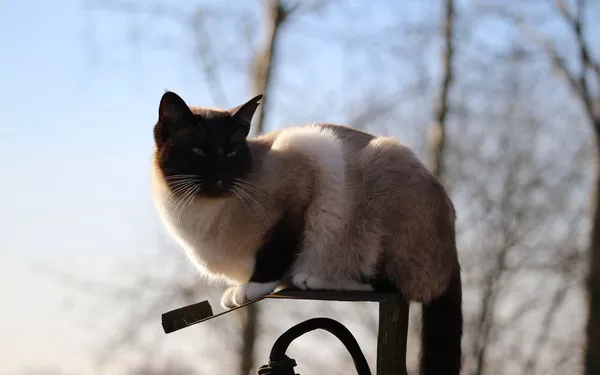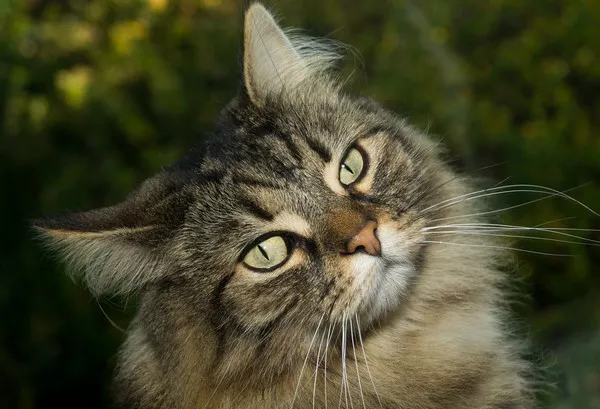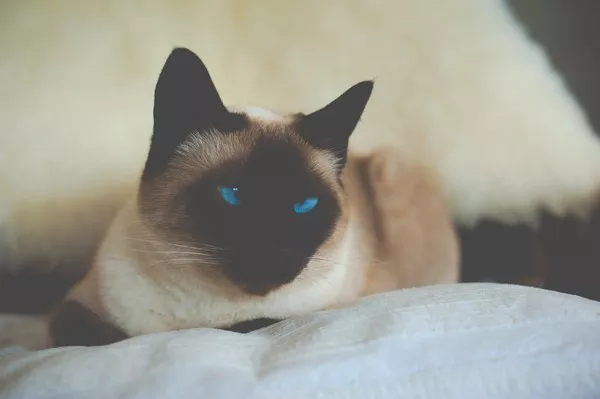In an age of culinary versatility, where tofu has emerged as a staple for human dishes, its utility has now extended to a rather unexpected area: cat litter. Tofu cat litter, touted as environmentally friendly, water-soluble, and flushable, is making waves in the pet care industry. But, is it the right choice for your feline companion?
The advent of tofu-based cat litter has garnered attention, with cat owners praising its natural qualities on platforms like TikTok. However, this innovation raises pertinent questions: Does the environmental advantage of tofu cat litter outweigh the potential challenges of transitioning your cat to a new substrate? To address these concerns, we consulted experts in feline behavior, product sustainability, and composting, as well as renowned cat behaviorist Jackson Galaxy.
Exploring Tofu Cat Litter
Tofu cat litter may seem novel, but it’s part of a growing trend in the natural cat litter market. According to Jackson Galaxy, YouTuber and host of “My Cat From Hell,” various natural litters, such as those made from corn, cassava, wheat, grass, and coconut husks, have emerged alongside tofu-based options. The tofu cat litter we examined, from Pidan, claims to be composed of food-grade soybean dregs and bentonite, a clay type derived from volcanic ash, enhancing clumping properties.
One notable feature of tofu cat litter is its pellet form, distinct from the softer textures of clay and crystal litters. Brands in this category often emphasize being “low dust,” addressing concerns about cats inhaling clay dust or tracking litter throughout the house. However, one key drawback is the price; tofu cat litter tends to be more expensive and is sensitive to moisture and direct sunlight.
Tofu Cat Litter and Environmental Impact
When considering the environmental impact, clay-based cat litters fall short in sustainability. Shanika Whitehurst, CR’s Associate Director of Product Sustainability, explains that clay litters, being non-biodegradable, contribute to landfill issues due to their resistance to decomposition. The process of mining clay and the energy-intensive “firing” process further exacerbate the environmental impact.
Tofu cat litters, such as those from Pidan, claim to be compostable and repurposable as garden fertilizer. However, cat and dog feces should not be composted in backyard or commercial composting facilities, as it poses health risks due to pathogens. The Environmental Protection Agency (EPA) advises against composting pet waste or traditional cat litter. While tofu cat litters are biodegradable, their sustainability status may require clarification from brands regarding sourcing methods.
Flushing Tofu Cat Litter
Tofu cat litters offer an advantage over traditional clay-based litters when it comes to flushability. Unlike clay litters, tofu litters break down naturally, providing more disposal options. However, it is essential to exercise caution when considering flushing, as it carries risks associated with Toxoplasma gondii contamination. This parasite can infect sea otters and humans, particularly those with compromised immune systems or during pregnancy.
While some tofu cat litter brands endorse flushing, others caution against it due to potential pipe clogs. Cat behaviorist Jackson Galaxy refrains from flushing natural cat litters due to uncertainties surrounding septic systems. Therefore, flushing tofu cat litter remains a personal choice with potential risks.
Switching to Tofu Cat Litter
Transitioning your cat to tofu cat litter requires patience, as cats can be sensitive to changes in their environment. Samantha Bell, a cat expert from Best Friends Animal Society, recommends a gradual transition to avoid stress. The process involves gradually mixing new litter with the old, increasing the ratio over time. Positive reinforcement can encourage your cat to use the new litter, but returning to the previous litter if issues arise is a prudent approach.
When Your Cat Eats Tofu Cat Litter
If your cat shows interest in eating tofu cat litter, there’s generally no cause for alarm. According to Kelly Cairns, DVM, from Thrive Pet Healthcare, ingesting small amounts of litter while grooming is unlikely to harm your cat. However, excessive litter consumption could indicate an underlying issue known as pica, where pets consume non-food items. In such cases, consulting a veterinarian is advisable.
A Firsthand Look at Pidan Tofu Cat Litter
To provide insight into tofu cat litter performance, we tested Pidan Tofu Cat Litter, a prominent brand on Amazon. It’s important to note that we conducted this assessment without a live cat, as ethical considerations prioritize feline welfare. Instead, we simulated cat urine using water and vinegar.
Our testing focused on clumping, dissolvability in water, and disposal convenience compared to clay-based litter. While the question of flushability remained unanswered, our examination provides initial insights into tofu cat litter’s functionality.
In conclusion, tofu cat litter offers an eco-friendly alternative to traditional clay-based litters, with potential benefits such as biodegradability and reduced dust. However, its suitability depends on your cat’s adaptability, and careful transitioning is essential. The decision to flush tofu cat litter involves inherent risks, and responsible disposal methods should be considered. While cats consuming small quantities of tofu litter may not pose immediate concerns, consulting a veterinarian is advisable for excessive consumption. The adoption of tofu cat litter is a matter of choice, considering both its advantages and potential challenges.


























